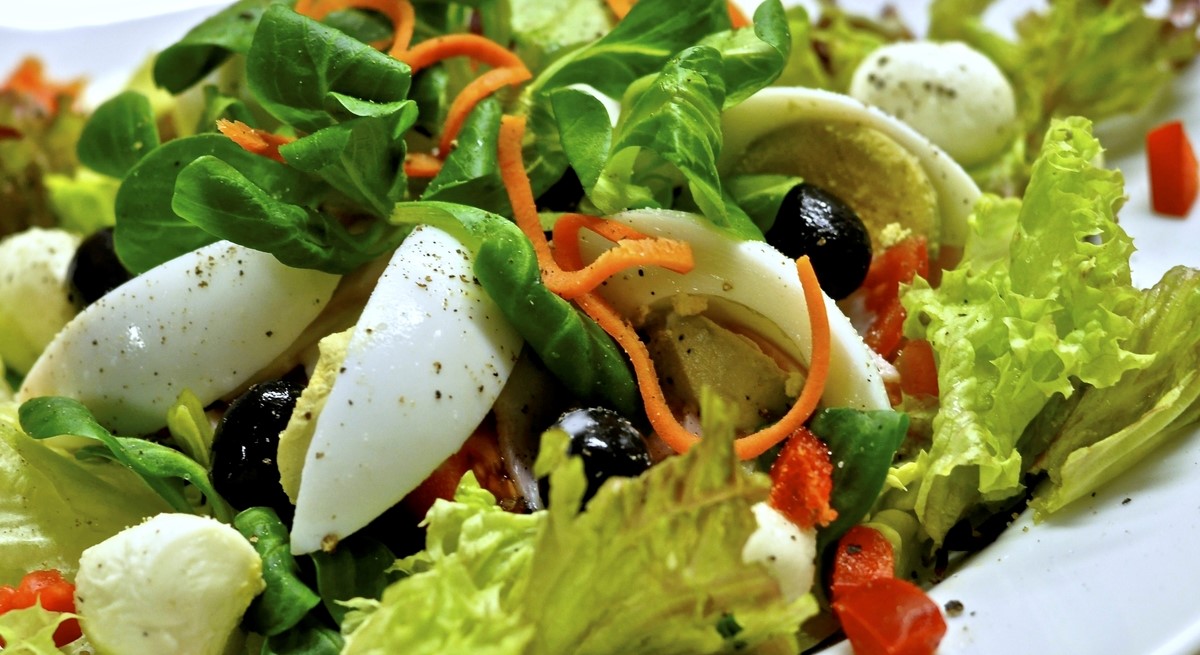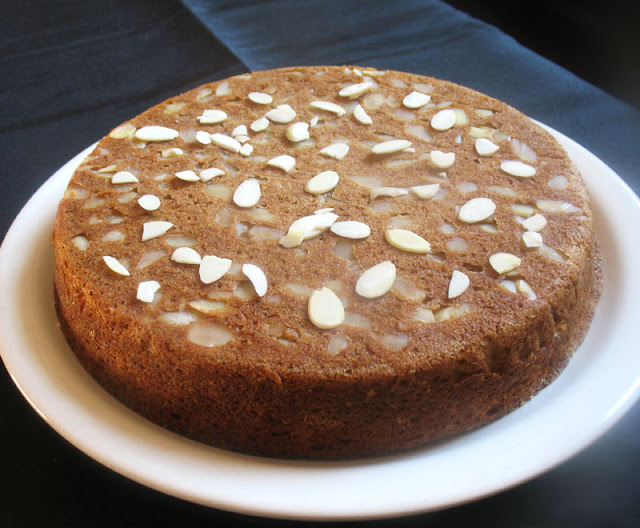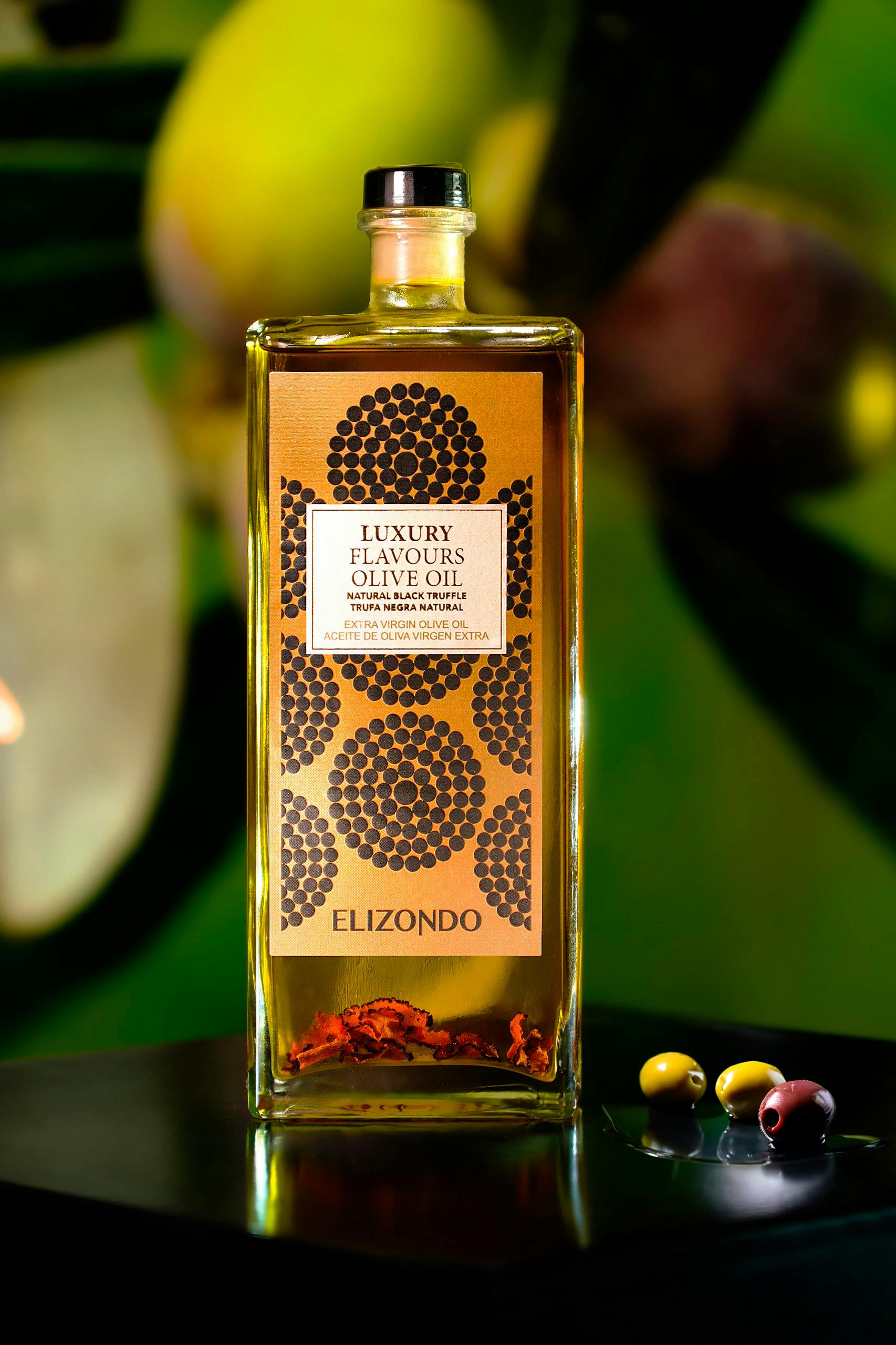
As someone who prepares the majority of meals at home and consumes a significant amount of olive oil each week, I often find the olive oil aisle at the grocery store to be quite daunting. The sheer variety is overwhelming, with bottles hailing from diverse regions like Greece, California, and Italy. Some come in small, expensive containers, while others are larger and more reasonably priced. The labels add to the confusion, with terms like “extra-virgin,” “pure,” or “refined.” Navigating these options can easily lead to decision fatigue for even a seasoned home cook.
Over time, I’ve certainly developed personal favorites – specific varieties that I gravitate towards because they are flavorful enough to enhance a salad dressing or be drizzled raw over a dip, yet affordable enough for generous use in everyday cooking. However, I was eager to delve deeper and identify the absolute best options available on the market. To accomplish this, I reached out to a panel of 16 experts, including chefs and olive oil sommeliers, to help narrow down the field to some of the most delicious and reliable choices. After gathering their insights, I also conducted my own testing to further evaluate these selections.
Through conversations with these professionals, I gained valuable insights into the fundamental guidelines for selecting a quality bottle. A primary recommendation from experts like Emily Lycopolus, olive oil sommelier and author of The Olive Oil and Vinegar Lover’s Cookbook, and Nancy Harmon Jenkins, cook and author of Virgin Territory: Exploring the World of Olive Oil, is to always seek out extra-virgin olive oil. They explained that a bottle simply marked “olive oil” indicates it has undergone treatment and refining processes, which strip away the subtle nuances of its taste entirely. The standards for classifying olive oil as extra-virgin are rigorous, involving laboratory tests and uniquely, human taste tests to ensure it has “no defects” throughout its journey from picking to processing to bottling.
Within the extra-virgin category, certain indicators can help you find excellent quality oil. One crucial factor is the harvest date. Olive oil, essentially a fruit juice, begins to lose its vibrant taste after about 12 months and is definitely past its prime by 18 months. It’s important to note that expiration dates can be misleading as they are calculated from the bottling date, meaning the oil might have been stored for a considerable time before being bottled.
Another key element pointing to freshness is the color and material of the bottle. Light, heat, and oxygen are detrimental to olive oil, so the best protection for this liquid gold is a dark glass or completely opaque container. Bottles made from plastic or certain types of non-stainless steel are less ideal. Experts like Lycopolus and Jenkins specifically mentioned they avoid buying bottles stored on the top shelf of a grocery store due to potential heat exposure from lighting. Finally, Nancy Harmon Jenkins suggests looking for information about the olive varietal or the specific estate where the olives were grown and pressed. While outstanding olive oils are produced in well-known regions like Italy, Greece, and Spain, as well as places like California, Chile, and Australia, larger industrial producers often blend various strains, even if they are all technically extra-virgin, which can impact the oil’s unique characteristics.
Ultimately, the choice often comes down to how you plan to use the olive oil and your personal taste preferences. This subjective element means there are many exceptional bottles that couldn’t be included to avoid making the list overly extensive. Comparing the process to selecting a “best” bottle of wine, it’s acknowledged that picking a single definitive “best” olive oil is nearly impossible. Nevertheless, this guide serves as an excellent starting point. With that foundation in mind, let’s explore some top recommendations.
1. **Best olive oil overall**: California Olive Ranch Extra Virgin Olive Oil stands out as a consistent performer that many, including myself over the years, rely on. It strikes an ideal balance, being affordable enough for liberal use in shallow-frying and subtle enough to not dominate marinades. Despite its mildness, it retains enough character that its taste is still noticeable when whisked into a salad dressing, preventing it from totally disappearing into the background.
This brand is a favorite among many experts consulted for this piece and is frequently used in professional test kitchens. Food journalist and cookbook author Anna Hezel described it as a “mild olive oil that is still pleasant-tasting,” recommending it for frying, baking, and drizzling. She specifically noted that she has “never had a bad bottle,” attributing this reliability to California Olive Ranch being one of the few larger producers consistently indicating the harvest date on their bottles, a critical sign of freshness.
Nick Coleman, an olive oil expert, educator, and co-founder of the subscription service Grove and Vine, offered a detailed description of its texture and flavor profile. He characterized it as having a “light to medium body,” being “a little buttery and viscous in the mouth,” and notably “isn’t too assertive.” Coleman emphasized its affordability, stating that it’s at “a price point you can really cook with,” which is certainly a practical consideration for everyday use. Matt Hyland, co-founder of New York City’s Pizza Loves Emily, echoed its versatility, confirming it works equally well in a dressing or when drizzled raw on a hot pizza straight from the oven, highlighting its ability to perform across different applications.
Recipe details: Roasted Beef Tenderloin
Cook time: Unknown Total time: 75
Level: Unknown Servings: 6
Total weight: 1150.9 g Calories: 2834.1 kcal
Energy: 2834.1 kcal Protein: 218.0 g
Carbs: 1.1 g Fat: 211.0 g
Dish Tags: american, main course, lunch/dinner, Low-Carb, Sugar-Conscious, Keto-Friendly, Dairy-Free, Gluten-Free, Wheat-Free
Ingredients:
1 beef tenderloin (about 2 1/2 pounds)
1 tablespoon olive or vegetable oil
1/2 teaspoon coarsely ground pepper
1/2 teaspoon dried marjoram leaves
1/4 teaspoon coarse kosher salt, coarse sea salt or regular salt
Get the recipe: Roasted Beef Tenderloin

2. **Best olive oil for dipping and dressing**: Cobram Estate Extra-Virgin Olive Oil is another variety I’ve frequently used, finding it particularly well-suited for dipping bread and making salad dressings. Its price point aligns nicely with the desire to use a flavorful oil liberally in raw applications. While it performs admirably in these scenarios, I’m less inclined to reach for it over the Iliada tin when tackling tasks like charring roasted vegetables in the oven or sizzling chicken cutlets on the stove, primarily due to cost considerations compared to bulk options.
The flavor profile of Cobram Estate is highly praised. Matt Hyland described it as a unique combination, being “buttery and grassy at the same time,” a pairing he finds uncommon. He characterized it as complex yet easygoing, suggesting it’s perfect for a simple dinner of dipping nice bread with some Maldon salt. Emily Lycopolus pointed out that its taste can vary slightly each year, but noted that the California blend typically offers a well-balanced profile.
Lycopolus elaborated on the tasting notes, describing it as having “lots of green fruity notes on the front of the palate (artichoke, green olive, Granny Smith apple)” followed by “peppery notes on the finish (arugula, mustard greens, peppercorn).” The company also produces less expensive extra-virgin olive oils, priced closer to California Olive Ranch, which are generally milder. I have also tested their classic variety, which falls between robust and mild, finding it hits a similar desirable balance: subtle when cooked, but flavorful enough that a raw drizzle over dishes like roasted vegetables still imparts a noticeable taste.

3. **Best olive oil for baking**: While technically any extra-virgin olive oil can be used in baking, some milder varieties, such as California Olive Ranch, tend to fade into the background, contributing fat and texture but not much distinct flavor. If the goal is for the baked good to actually taste prominently of olive oil, a more pronounced variety is needed. According to Emily Lycopolus, a standout for this purpose is a bottle from Vignoli, a producer in Sicily with over two decades of experience in the business.
Lycopolus specifically recommends this olive oil for use in muffins and scones, stating that “It pairs so well with fruity desserts.” She also finds it excellent in chocolate cupcakes and even drizzled simply over vanilla ice cream with a sprinkle of sea salt, showcasing its versatility with both fruity and chocolatey profiles, as well as desserts. A particularly striking characteristic she noted about the Vignoli oil is its unique flavor.
In describing the tasting notes, Lycopolus mentioned, “I bet you didn’t think an olive oil could taste like plums, but this one actually tastes like plums. It’s so fruity.” This distinct fruitiness makes it an exceptional choice when you want the olive oil component to be a featured flavor rather than just a background ingredient in your baked goods.
Recipe details: Chocolate Olive Oil Cake
Level: Unknown Servings: 12
Total weight: 843.2 g Calories: 3153.0 kcal
Energy: 3153.0 kcal Protein: 46.0 g
Carbs: 293.4 g Fat: 219.3 g
Dish Tags: american, desserts, lunch/dinner, Low-Sodium, Low Potassium, Kidney-Friendly, Vegetarian, Pescatarian, Peanut-Free, Sulfites
Ingredients:
3/4 cup unsweetened cocoa powder, natural or Dutch-process
1 cup granulated sugar
1/2 teaspoon kosher salt
1/4 teaspoon baking powder
1/4 teaspoon baking soda
3/4 cup extra-virgin olive oil, plus more for coating the pan
3 large eggs
1 large egg yolk
1 teaspoon vanilla extract
1/2 cup all-purpose flour
1/2 cup boiling water
Freshly whipped cream, for serving
Chopped toasted hazelnuts, for serving
Get the recipe: Chocolate Olive Oil Cake

4. **Best olive oil to buy in bulk**: For those who go through copious amounts of olive oil and prioritize value, the Kirkland Signature Organic Extra Virgin Olive Oil from Costco, sold in a 2-liter plastic container, stands out. It’s important to acknowledge upfront that this option has two characteristics that experts Jenkins and Lycopolus deemed less than ideal: it’s packaged in plastic (though it is darkly shaded) and it contains oil pressed from olives sourced from across the Mediterranean, rather than a specific estate or region.
Despite these points, author Danielle Oron, who confessed she goes through a lot of EVOO, recommended it as one of her favorites, advising, “don’t laugh.” Its widespread popularity and positive reception are evident from quick online searches, which show it is well-reviewed, especially when compared to other olive oils within a similar price bracket. Notably, even Samin Nosrat, a highly respected food writer and chef, has endorsed this oil.
Oron described its flavor as “definitely a light-flavored olive oil, and balanced, not overpowering or too bitter.” While she might not choose it for straight dipping bread, she finds it perfect for applications where it doesn’t need to be the star, such as in “really punchy salad dressings” where it “totally blends into the background.” She also uses it for making chili oil by pouring hot oil over chili flakes and scallions. At approximately 30 cents an ounce, it offers the best value among the recommendations on this list, making it an exceptionally economical choice for high-volume users.

5. **Best peppery olive oil for finishing**: When it comes to finishing dishes, especially steak or dipping bread at home, Claire Wadsworth, co-owner of La Copine, turns to Wonder Valley Olive Oil. This brand, based in Joshua Tree, was co-founded by Alison Carroll, who previously worked in quality control for the California Olive Oil Council, suggesting a background rooted in understanding olive oil standards. Wadsworth expressed her high regard for it, stating, “If we could afford to use it in the restaurant, we would,” indicating its premium quality despite its price being perhaps too high for extensive commercial use.
Wadsworth highlighted the oil’s consistent peppery kick as the first thing she notices, describing it as having a distinct bite while simultaneously being “buttery and luscious.” This combination of spiciness and smooth richness seems to be a defining characteristic. Katherine Lewin, owner of the dinner-party-supply store Big Night, is also a strong admirer of Wonder Valley’s flavor profile, finding it particularly dynamic.
Lewin characterized the taste as “spicy, bitter, really wild, really dynamic — and just grabs you.” This description reinforces the idea that Wonder Valley provides a bold and assertive finishing oil, perfect for adding a pronounced peppery element to dishes where its flavor is meant to stand out and make an impact. Its robust nature makes it less suitable for subtle applications and ideal for those seeking a finishing oil with significant personality.

6. **Best fruity olive oil for finishing**: My kitchen always needs a finishing olive oil bottle. Of all the ones I’ve tried, this one is my favorite. Having a bottle specifically for finishing is crucial in my kitchen. I use cooking olive oil quickly, but a finishing oil is necessary. Among all the oils I’ve tested, this is my top pick.
The name of this oil is Pianogrillo Extra – Virgin Olive Oil. This oil has a fruity taste profile that everyone talks about. Its taste varies from year to year, but Beatrice Ughi finds it consistent. Beatrice Ughi, who imports Italian food, said it is consistent. She noted that its soil gives it a green – tomato taste. This green – tomato taste is unique and appeals to people a lot.
Ughi says she likes it on seafood, and it works well with many foods. This kind of fruity oil enhances the flavor in many different dishes. It goes well with meat dishes and things like baking cakes. On vegetables, it helps them caramelize and become sweet. Expert Nancy Harmon Jenkins loves this Pianogrillo oil a lot. She puts it on almost anything because of its distinctive fruitiness, she said. It has a spicy kick, showing high beneficial antioxidant levels.

7. **Best olive oil for getting into olive oil**: To understand olive oil better, expert Katherine Lewin suggests Fat Gold. She owns a store called Big Night, which sells party supplies. Fat Gold produces small batches in the Bay Area. It’s not just oil; it also educates the people who buy it.
What makes Fat Gold special is that every order comes with a zine. This zine is not just a simple brochure for reading. It has tasting notes and shows how the oil was made. You can learn facts about the olives that are grown and harvested. The zine includes recipes that you could use for cooking. Sometimes they even suggest books to read with the oil. One issue recommended poems to read with your Fat Gold; it was wonderful.
Besides the education, expert Lewin really likes the oil itself. She praises its flavor and also its texture quite a bit. She says the taste is grassy but not bitter, and it’s very versatile. For texture, she finds it rich and feels like it coats the mouth. This adds a luxurious feel to any dish it’s used on. Good oil plus the educational context makes it good for learning about oils.
Recipe details: Spiced Persimmon Olive Oil Cake
Level: Unknown Servings: 12
Total weight: 1314.5 g Calories: 5387.7 kcal
Energy: 5387.7 kcal Protein: 61.7 g
Carbs: 529.7 g Fat: 351.7 g
Dish Tags: american, desserts, lunch/dinner, Kidney-Friendly, Vegetarian, Pescatarian, Peanut-Free, Soy-Free, Sulfites
Ingredients:
3 tablespoons /1 1/2 ounces unsalted butter, softened
1 1/2 cups /6 1/2 ounces plus 2 tablespoons all-purpose flour
1/2 cup /2 1/4 ounces whole wheat flour
3/4 teaspoon baking powder
3/4 teaspoon baking soda
1 teaspoon table salt
2 teaspoons ground cinnamon
1 teaspoon ground ginger
1/2 teaspoon ground nutmeg
1/4 teaspoon finely ground black pepper
1 cup /7 ounces light brown sugar
3 large eggs
1 cup extra virgin olive oil, preferably one that is full-bodied and fruity
2 teaspoons vanilla extract
1 1/2 teaspoons freshly grated peeled ginger
2 1/2 cups /about 10 ounces grated Fuyu persimmon (about 4 small persimmons; use the large holes of a box grater)
1 cup /4 ounces finely ground toasted pecans
2 tablespoons powdered sugar (optional)
Get the recipe: Spiced Persimmon Olive Oil Cake
Here are some of the best olive oils available today, we think. They are recommended by experts and also based on my own kitchen trials. We came across oils for cooking, finishing, as well as flavored ones. Even brilliantly designed squeeze bottles were included. There is liquid gold to suit every need or taste. Trying these oils was a delicious adventure in exploring this staple. We hope it inspires you to explore olive oil more as well.
Related posts:
13 of the Very Best Olive Oils
Costco’s New Garlic Butter Rolls Review — Worth It?
The 5 Best Bread Machines of 2025, Tested and Reviewed




